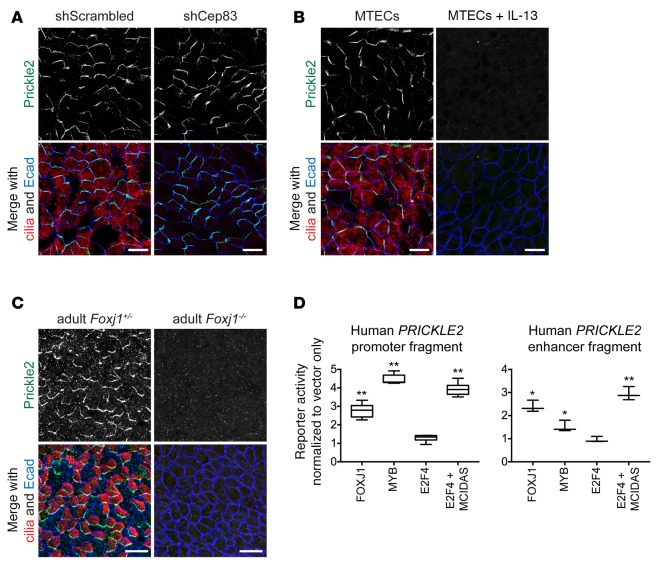Figure 3. Prickle2 expression and localization depends on multiciliated cell differentiation.
(A) Mouse tracheal epithelial cells (MTECs) infected with lentivirus containing scrambled sequence or Cep83 shRNA at day 4 of culture and labeled at air-liquid interface (ALI)+14 days with Prickle2 (green), γ-tubulin (cilia, red), and Ecad (blue) antibodies show that Prickle2 localization is unaffected in Cep83-depleted multiciliated cells (MCCs) that fail to dock their basal bodies. (B) MTECs cultured submerged for 5+14 days (control MTECs were cultured submerged for 5, then at ALI for 14 days) and labeled with Prickle2 (green), acetylated α-tubulin (cilia, red), and Ecad (blue) antibodies show that Prickle2 is absent when MCC differentiation is blocked. (C) Foxj1+/– and Foxj1–/– adult mouse tracheas whole-mount labeled with Prickle2 (green), acetylated α-tubulin (cilia, red), and Ecad (blue) show that Prickle2 is absent in Foxj1–/– cells. Images are representative of n = 3 Foxj1–/– mice and littermate controls. (D) Luciferase reporter assay using the human PRICKLE2 promoter (left) in 293T/17 cells shows that it is responsive to MCC transcriptional regulators compared to vector-only control. Luciferase reporter assay using a human PRICKLE2 genomic fragment (right) with predicted MYB and RFX3 binding sites shows that it is responsive to MCC transcriptional regulators compared with vector-only control. Assays were performed in triplicate with n = 3 transfections per reporter construct. Box and whisker plots show the minimum, lower quartile, median, upper quartile, and maximum values. Two-tailed Student’s t test for each transcriptional regulator compared with vector-only transfection; *P < 0.05, **P < 0.01. Scale bars: 10 μm (A and B), 25 μm (C). Images in A and B are representative of n = 3 lentiviral infections or drug treatments of MTECs.

